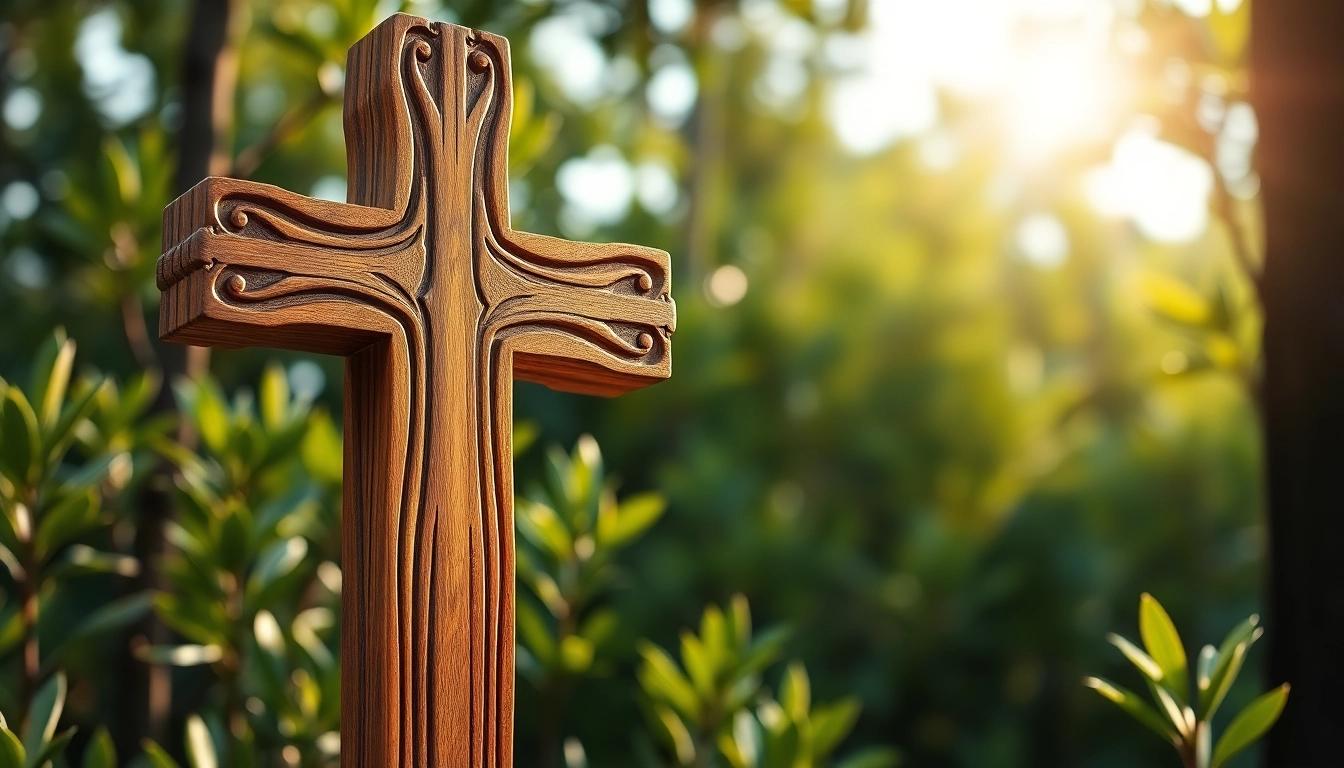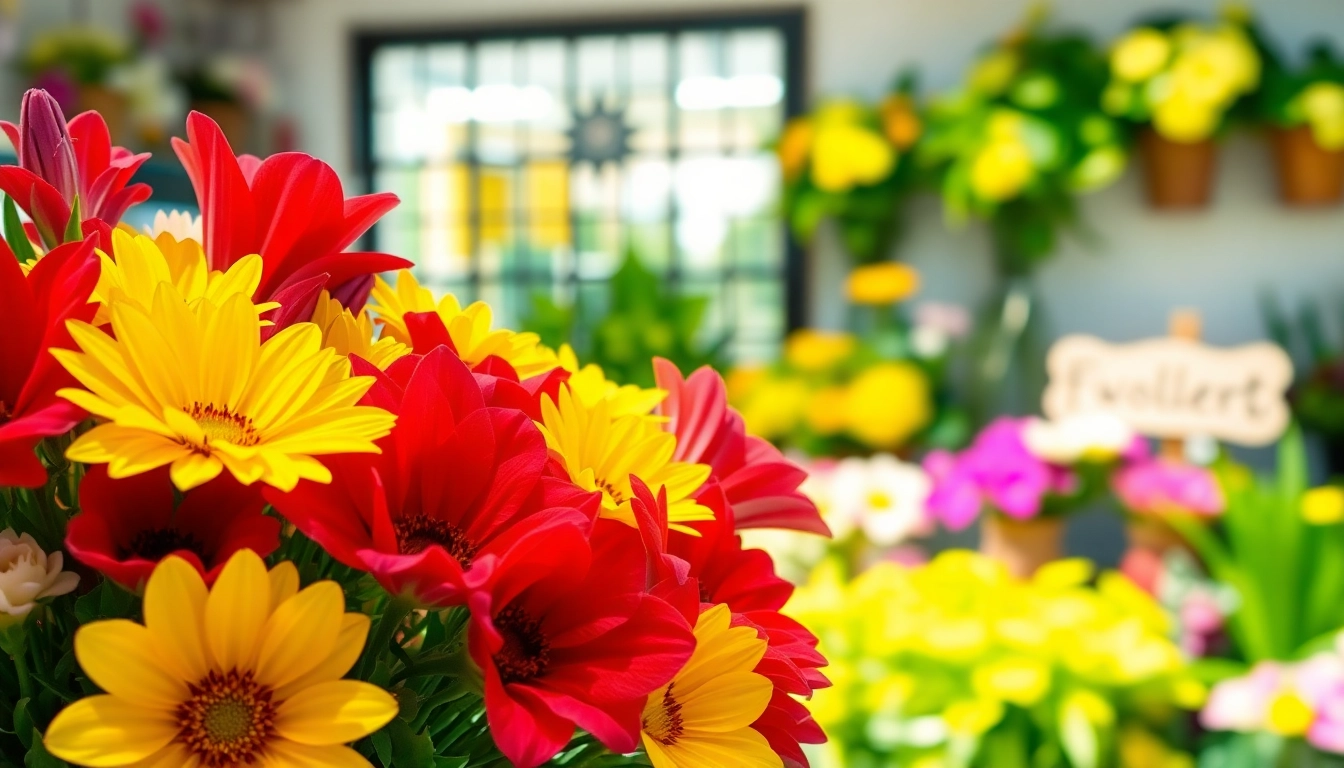Artistry and Tradition Behind Handmade Crosses for Every Home
Understanding Handmade Crosses
Handmade crosses have grown in popularity as symbols of faith, art, and cultural heritage. These unique crafted pieces offer more than mere decorative value; they encapsulate stories, traditions, and spiritual significance. As a profound emblem in Christianity, crosses serve as reminders of faith, hope, and love, making them central elements in both personal and communal spaces. In exploring the world of Handmade crosses, we delve into their origins, significance, and the techniques that make them special.
What Are Handmade Crosses?
Handmade crosses are religious symbols intricately crafted by artisans utilizing various materials and techniques. Unlike mass-produced crosses, handmade versions often reflect personal stories, cultural backgrounds, and artistic expressions of the creator. Each piece holds its own unique character, influenced by the material used, the design, and the artisan’s individual touch.
The Cultural Significance of Crosses
The cross is one of the most significant symbols in Christianity, representing the sacrifice of Jesus Christ and serving as a reminder of faith and redemption. Historically, the cross has transcended its religious roots, emerging as a universal symbol of hope and love. In different cultures, crosses are often stylized to reflect local artistic traditions, making handmade crosses a blend of spirituality and cultural identity.
Types of Materials Used in Handmade Crosses
Artisans employ various materials for crafting handmade crosses, each adding distinct qualities and aesthetics. Common materials include:
- Wood: Olive wood is particularly revered for its connection to the Holy Land, offering a warm, natural look. Other hardwoods like cedar and oak are also popular for their durability and beauty.
- Metal: Some crosses are forged from iron, bronze, or silver, often featuring detailed engravings or embellishments, reflecting strength and purity.
- Stone: Crosses made from marble, granite, or other stones highlight durability and offer a decorative, timeless aspect.
- Glass: Stained glass crosses are commonly used for decorative purposes, capturing light and adding vivid colors to religious settings.
Choosing the Right Handmade Cross
Selecting the perfect handmade cross involves understanding the various styles, materials, and purposes they serve. Each cross tells a story and resonates differently with individuals. Here are some key considerations to keep in mind:
Factors to Consider When Selecting Handmade Crosses
- Purpose: Identify whether the cross will serve as a decorative item, a gift, or a personal symbol of faith. This will guide your material and design choices.
- Size: Determine the ideal size based on the intended display location. Larger crosses can become focal points, while smaller ones may fit well on shelves or walls.
- Style: Different styles resonate with different people. Consider traditional, modern, rustic, or contemporary designs based on personal taste.
- Material: As discussed, the choice of material significantly impacts both aesthetics and durability. Choose one that fits your preference and the intended environment.
Handmade Crosses for Different Occasions
Handmade crosses can be gifted or displayed during various occasions, each carrying a unique message:
- Baptisms: Crosses gifted during baptism symbolize the initiation into faith and a reminder of God’s love.
- Weddings: Utilizing crosses as decor in wedding ceremonies can signify the couple’s shared faith and commitment.
- Memorials: Handmade crosses can serve as poignant memorials for loved ones, symbolizing their enduring presence.
- Graduations: A cross gifted during graduation can encourage a graduate’s journey ahead, reminding them of their faith’s guiding principles.
Customizing Your Handmade Cross
Personalization can enhance the emotional connection to handmade crosses. Here are a few customization options:
- Engravings: Adding names, dates, or meaningful quotes can turn a cross into a cherished heirloom.
- Color: Custom colors or finishes can complement the decor of the space where the cross will be displayed.
- Design Modifications: Collaborating with artisans to modify designs to better suit personal tastes or cultural significance can create a more meaningful piece.
Crafting Techniques Behind Handmade Crosses
The artistry involved in crafting handmade crosses is a blend of tradition, creativity, and skill. Understanding these techniques can deepen appreciation for each piece.
Traditional Methods of Making Handmade Crosses
Traditional craftsmanship often involves time-honored techniques passed down through generations:
- Hand-carving: Artisans meticulously carve crosses from solid wood, emphasizing intricate designs that highlight the wood’s natural grains.
- Forging: Metal crosses are crafted through forging techniques, involving hammering heated metal into desired shapes while maintaining structural integrity.
- Inlay work: Artisans may incorporate other materials, such as mother of pearl or gemstone inlays, enhancing the cross’s beauty and significance.
Modern Innovations in Crafting Handmade Crosses
As craftsmanship evolves, modern techniques have been adopted to enhance the production quality:
- Laser Cutting: This technology allows for precision designs and uniformity that might be challenging to achieve by hand.
- Mixed Media: Contemporary artisans combine various materials to create unique cross designs, such as metal and wood or glass and stone.
- Eco-friendly Practices: Increasingly, artisans use sustainable materials and practices, such as reclaimed wood or non-toxic finishes, aligning the craft with environmental consciousness.
Tools and Materials for DIY Handmade Crosses
For those interested in crafting their own handmade crosses, having the right tools and materials is essential:
- Basic Tools: Essential woodworking tools include saws, chisels, sanders, and drills for shaping and smoothing the material.
- Materials: Select high-quality wood, metal or stone, depending on the desired cross style. Smaller crosses may require less material and thus become more accessible for beginners.
- Finishing Kits: Variable finishes, paints, or stains can enhance the piece’s appearance and durability.
Decorating with Handmade Crosses
The incorporation of handmade crosses into decor can enrich environments spiritually and artistically. Here’s how to showcase these pieces effectively.
Incorporating Handmade Crosses into Home Decor
Handmade crosses can serve as powerful decorative elements in home settings:
- Wall Art: Crosses can serve as anchors for gallery walls, adding depth and character alongside other artwork.
- Shelves and Mantels: Displaying crosses atop bookshelves or mantels can bring a divine touch to these areas, drawing both attention and reflection.
- Outdoor Spaces: Weatherproof crosses may serve as garden ornaments, symbolizing faith within natural surroundings.
Displaying Handmade Crosses in Religious Settings
Religious institutions also benefit greatly from the addition of handmade crosses:
- Altars: Handmade crosses can serve as central pieces on altars, fostering a strong sense of spirituality and reverence.
- Prayer Spaces: Crosses can create focal points within prayer or meditation areas, encouraging contemplation and connection.
- Community Exhibits: Showcasing local artisan handmade crosses can promote community heritage and artistic talent in religious venues.
Gift Ideas Involving Handmade Crosses
Handmade crosses make thoughtful gifts for many occasions:
- Personalized Crosses: Customized crosses with engravings can serve as heartfelt gifts, marking significant life events.
- Gift Sets: Pair crosses with complementary items like decorative stands or prayer books for a complete gift package.
- As Tokens of Faith: Handcrafted crosses can symbolize support and encouragement, given during times of need.
Preserving and Caring for Handmade Crosses
Proper care ensures that handmade crosses retain their beauty and significance over time. Here are best practices for maintenance:
Best Practices for Maintaining Handmade Crosses
To keep handmade crosses in optimal condition:
- Dust Regularly: Gently dust crosses with a soft cloth to prevent the build-up of dirt and grime.
- Check for Damage: Routinely inspect for signs of cracks or wear. Early detection allows for timely repairs.
- Store Safely: If storing, wrap delicate items in cloth and avoid damp areas to prevent moisture damage.
Restoring Antique Handmade Crosses
Old crosses may require additional care and restoration:
- Consult an Expert: For valuable antique crosses, seek professional restoration services to preserve their authenticity.
- DIY Cleaning: For minor restorations, natural cleaning solutions like olive oil may help restore shine without damaging finishes.
Creating a Lasting Legacy with Handmade Crosses
Handmade crosses can serve as familial legacies:
- Heirlooms: Passing down handmade crosses can connect generations, providing a tangible link to family history and faith.
- Collecting Stories: Documenting the origins and stories behind family crosses can enrich their significance for future generations.
- Modern Production: Involve younger generations in the crafting process to instill appreciation for this artistic tradition.













Post Comment